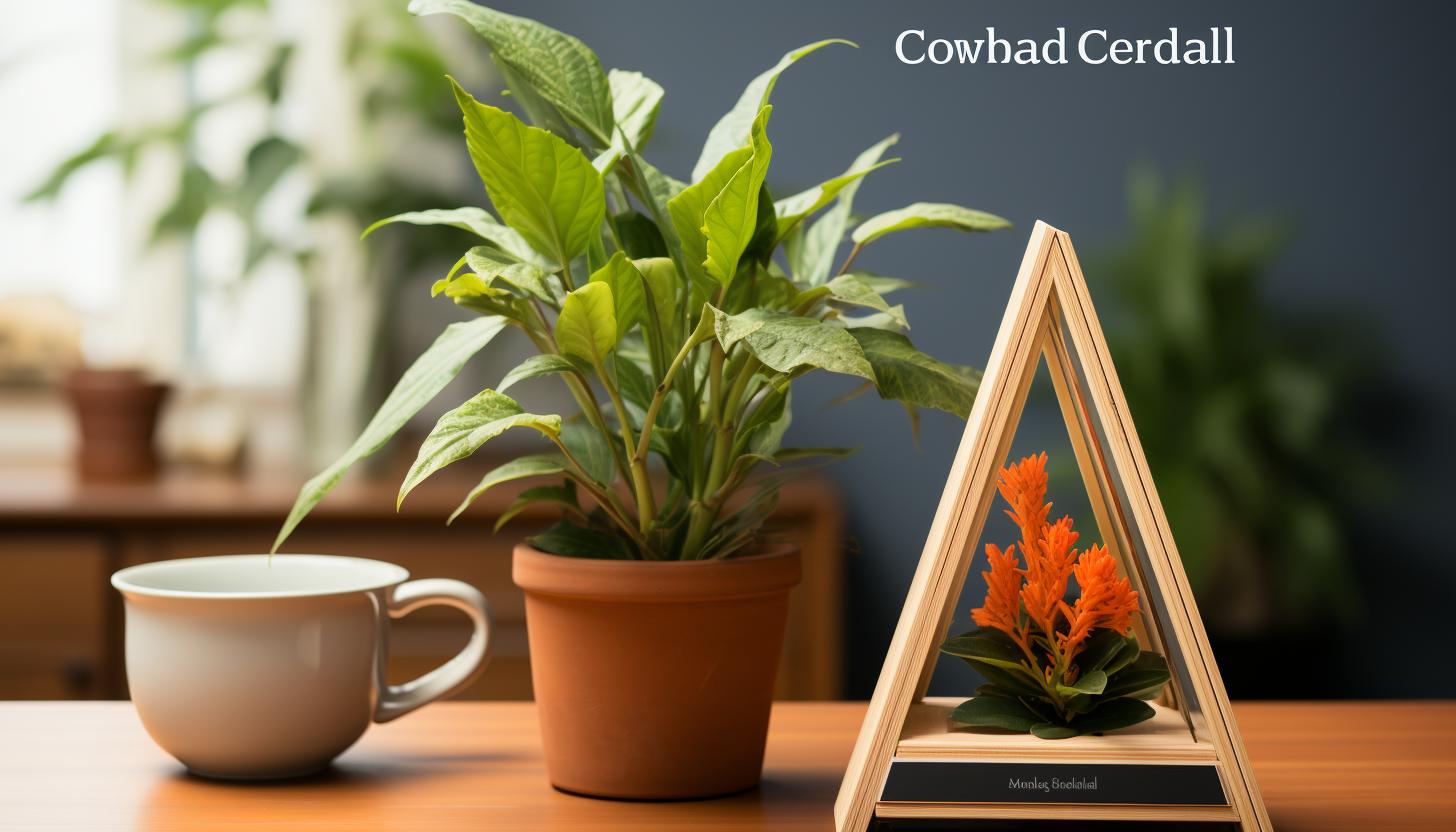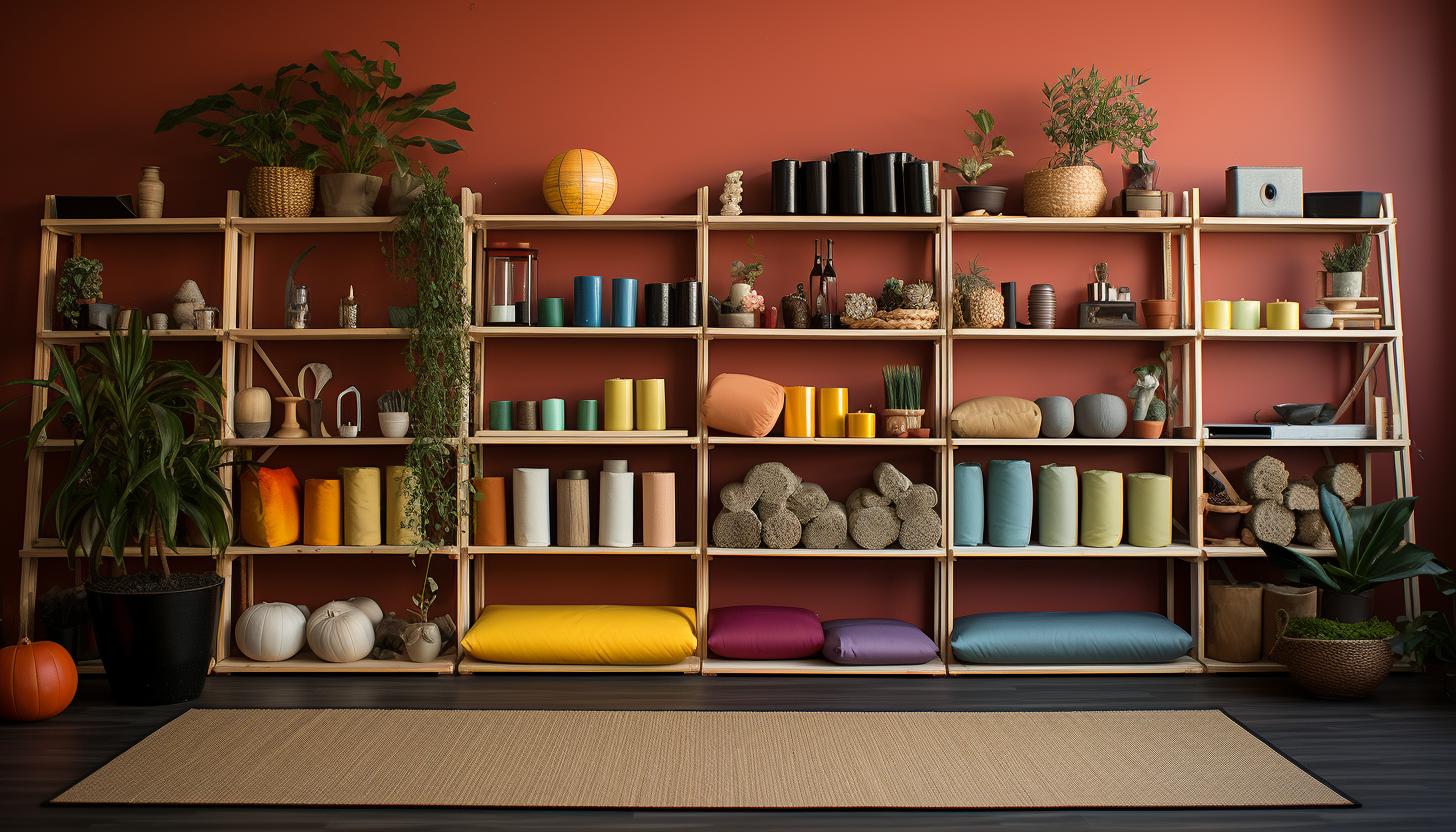Tips for Incorporating Yoga Into Your Training for Improved Flexibility and Balance

Are you tired of feeling stiff and unbalanced during your workouts? Incorporating yoga into your training routine is the key to unlocking improved flexibility and balance.
In this article, we will provide you with valuable tips on how to seamlessly integrate yoga into your workout regimen. From essential poses that target specific muscle groups to using props that enhance your training, we’ve got you covered.
Get ready to take your fitness journey to the next level and achieve a more flexible and balanced body.
The Benefits of Yoga for Flexibility and Balance

Yoga can help improve your flexibility and balance. One of the key factors in achieving these benefits is the importance of proper breathing technique in yoga. When you focus on deep, controlled breaths during your practice, it helps to relax your muscles and release tension, allowing for greater range of motion and increased flexibility.
Mindfulness also plays a crucial role in improving flexibility and balance through yoga. By being present in the moment and fully engaged with each movement, you become more aware of your body’s limitations and capabilities. This heightened awareness allows you to make adjustments as needed, leading to improved balance and stability.
Incorporating yoga into your training routine can be a game-changer for improving flexibility and balance. It provides an opportunity to address any imbalances or weaknesses that may exist in your current workout regimen. By adding regular yoga sessions into your routine, you not only enhance your overall physical performance but also reduce the risk of injuries caused by muscle imbalances or limited mobility.
Now that we understand the benefits of yoga for flexibility and balance, let’s explore how to start incorporating it into our training routine.
How to Start Incorporating Yoga Into Your Training Routine

To start, you’ll want to gradually add yoga poses into your regular workout routine for better flexibility and balance. Starting yoga at home can be a convenient and effective way to incorporate this practice into your training regimen.
Begin by finding the right yoga routine that suits your needs and goals.
When starting yoga at home, it’s important to create a dedicated space where you can practice without distractions. Clear an area in your home that is comfortable and quiet, with enough room for you to move freely.
Next, find the right yoga routine for you. There are many resources available online that offer guided yoga classes specifically designed for beginners. Look for routines that focus on flexibility and balance, as these are key areas of improvement.
Start with simple poses like downward dog, child’s pose, and cat-cow stretch. Gradually increase the difficulty of the poses as you become more comfortable and confident in your practice.
Remember to listen to your body and take breaks when needed. It’s important to ease into each pose slowly and avoid pushing yourself too hard, especially if you’re new to yoga.
Essential Yoga Poses for Improved Flexibility and Balance

When starting yoga at home, it’s crucial to focus on essential poses that enhance flexibility and balance. Here are some beginner-friendly yoga poses and sequences that can help improve your flexibility:
– Sun Salutation: This sequence is a great warm-up and includes a combination of standing forward fold, plank pose, cobra pose, and downward facing dog.
– Triangle Pose: This standing pose stretches the hips, hamstrings, and shoulders while building strength in the legs.
– Child’s Pose: A restorative pose that relaxes the body and gently stretches the lower back, hips, thighs, and ankles.
– Downward Facing Dog: This rejuvenating pose lengthens the spine, opens up tight shoulders, hamstrings, and calves while strengthening the arms.
To further enhance your training and improve flexibility even more effectively, consider incorporating yoga props such as blocks or straps. These props can assist you in achieving proper alignment during poses while providing support for deeper stretches. They can also be used to modify poses if you have limited flexibility or range of motion.
Yoga Props to Enhance Your Training and Improve Flexibility

If you want to enhance your training and improve flexibility, consider using yoga props like blocks or straps. Yoga props are essential tools that can help you achieve proper alignment in your practice and deepen your stretches. They provide support, stability, and assist in maintaining correct form, especially for beginners or those with limited mobility.
When choosing the right yoga prop for your body and needs, it’s important to consider factors such as your level of experience, body type, and specific goals. Here is a helpful table to guide you:
| Yoga Prop | Purpose | Ideal For |
|---|---|---|
| Blocks | Support and Stability | Beginners or those with limited flexibility |
| Straps | Lengthen and Extend | People with tight muscles or injuries |
| Bolsters | Relaxation | Restorative poses or meditation |
| Blankets | Cushioning | Sensitive joints or added comfort |
| Wheels | Deepening Poses | Advanced practitioners seeking challenges |
Proper alignment is crucial in yoga practice as it helps prevent injuries and maximizes the benefits of each pose. Using props can assist in achieving correct alignment by providing additional support where needed. Remember to listen to your body’s cues and consult with a qualified instructor if necessary.
Tips for Progressing and Advancing Your Yoga Practice for Increased Flexibility and Balance

Now that you have a solid foundation in your yoga practice, it’s time to challenge yourself and push the boundaries of your flexibility and balance. Here are some tips for progressing and advancing your yoga practice to increase your flexibility and balance:
– Consistency is key: Practice regularly to build strength, improve flexibility, and maintain balance.
– Gradual progression: Start with basic poses and gradually move on to more advanced ones. Listen to your body and don’t rush the process.
– Focus on mastering one pose at a time before moving on to the next.
– Explore variations of poses to deepen your practice and engage different muscle groups.
– Incorporate props: Props like blocks, straps, or bolsters can assist you in reaching deeper stretches or maintaining proper alignment in advanced poses.
Remember these important tips as you progress in your yoga journey:
1. Warm-up adequately before attempting advanced poses to prevent injuries.
2. Don’t compare yourself with others; focus on your own progress.
3. Seek guidance from experienced teachers who can help you safely advance in your practice.
As you continue challenging yourself with advanced poses, remember that growth takes time. Be patient, stay consistent, and always listen to what your body needs.
Enjoy the journey of exploring new realms of flexibility and balance through yoga!
Conclusion
In conclusion, incorporating yoga into your training routine can greatly improve your flexibility and balance. By practicing essential yoga poses and using props to enhance your training, you can gradually progress and advance in your practice.
The benefits of yoga extend beyond physical fitness, offering a deeper connection between mind, body, and spirit. Just as a lotus flower emerges from muddy waters to symbolize purity and enlightenment, embracing yoga can help you find inner strength and clarity amidst life’s challenges.
So, unroll your mat and embark on this transformative journey today!






